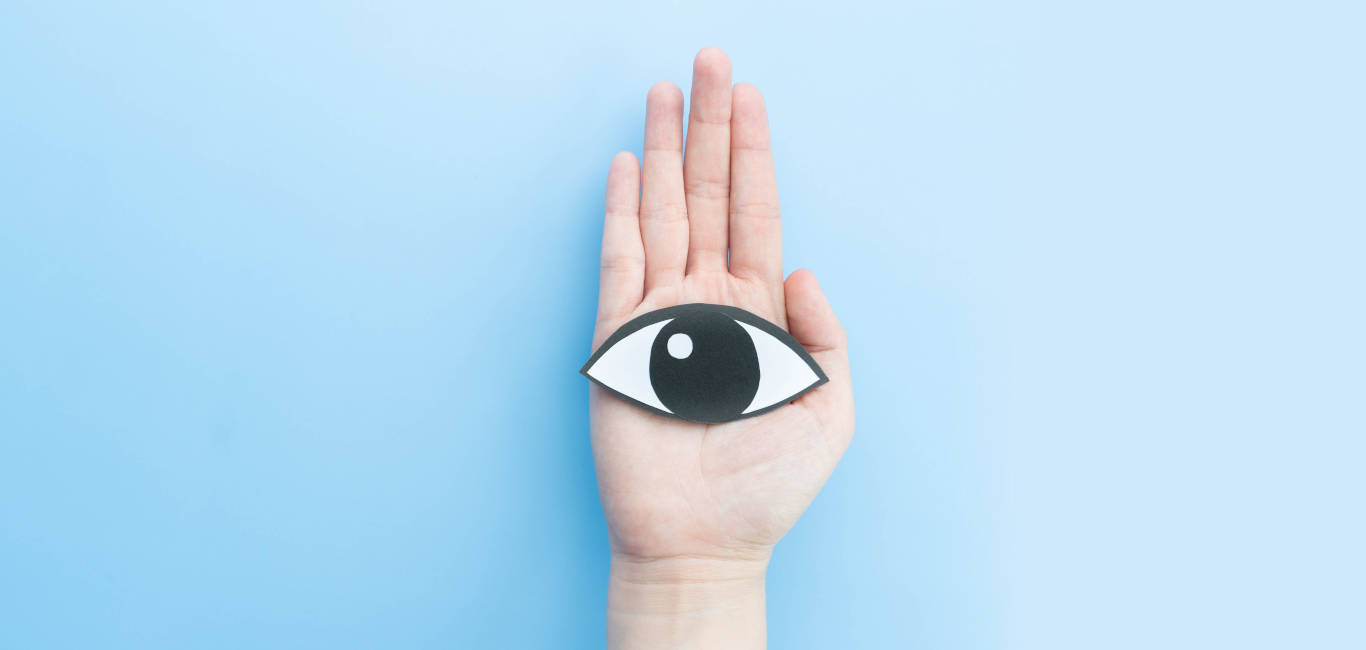
India is making headway in the global race to develop artificial human corneas, raising hopes of closing the massive gap in the demand and supply for the donor eye tissue that exists both locally and internationally.
Leading this effort are scientists and clinicians from the LV Prasad Eye Institute and Indian Institute of Technology Hyderabad, who recently became the first Indian team to demonstrate the implanting of a 3D printed cornea in an animal subject.
The breakthrough has set the stage for humans to receive artificial corneas – which was developed using donor human corneal tissue as a base and materials called hydrogels – in the next five to ten years, experts estimate.
“Corneal diseases are among the top four causes of visual loss in people in India,” says Dr Sayan Basu, one of the lead researchers behind the 3D printed cornea at LV Prasad Eye Institute. He and the team developed what they call a ‘bio-ink’ that can then be used to 3D print the dome-shaped tissue.
Dr Basu says that the technique they have developed can produce three corneal grafts from a single donor eye. Moreover, it can repurpose corneal tissue that would have otherwise been of too poor a quality to use in transplants, further increasing the potential of the technology.
“Out of all the donor tissue available at an eye bank, 30-50 per cent of corneal tissue is not transplantable grade,” says Dr Basu, adding that there is a huge amount of waste tissue that can now be repurposed to serve more individuals requiring such a transplant.
The shortage
Corneal transplants are required when the outer surface of the eye is damaged due to trauma or certain conditions. This leads to loss of clear vision and in extreme cases, blindness – known as corneal blindness.
Up until now, the only way to rectify this is to use corneal grafts from donor eyes. But herein lies the problem. There is a massive shortage of eye donations to cater to the demand for corneal tissue.
“The number of people who are interested in eye donation is very low,” says Dr Mano Ranjan Das, consultant cornea service and professor of ophthalmology at Aravind Eye Hospital in Madurai. He adds that while steps need to be taken to ramp up eye donations, bioprinted corneas could be the long-term solution to address the supply issues.
How 3D printing of corneas work
3D printers are very similar to the ink jet printers we use at home and in the office, except that they can print multiple layers rather than just on a 2D plane, i.e., paper. In bioprinting, the materials used to build up the 3D structure are biocompatible, which when implanted into the human body will not be toxic to it.
To print the cornea, the team from IIT-H and LV Prasad Eye Institute developed their own bio-ink, which they say contains no synthetic or animal-derived materials. “…the product is completely natural, contains no synthetic components, is free of animal residues and is safe to use in patients,” the institute said in a statement.
Moreover, the researchers said the printed corneas will be affordable, addressing yet another major issue for healthcare products in India – their cost. “The method can also be used to customize the cornea based on an individual’s eye,” says Dr Basu, as they can control the shape, size and even thickness of the corneal tissue being printed.
Where we stand
There are several research teams globally – in both private enterprises as well as in institutions – working on developing 3D printed corneas. In India, apart from LV Prasad Eye Institute, Bengaluru-based startup Pandorum Technologies too is working on developing artificial corneas for which it will soon enter animal trials.
There are several approaches to bioprinting corneas as well. Some are using animal corneas as grafts to develop the tissue, while others are printing the cells from scratch. It is not clear yet which method will emerge as a winner, but all are a few years away from being approved for use in humans.
Experts say that all technologies to improve the supply for human corneas will be required, considering that there are 1.5 million new cases of corneal blindness being reported each year globally. Only 5 per cent of these cases are treated with corneal transplantation due to the massive shortage of the tissue.


















One Response
very useful